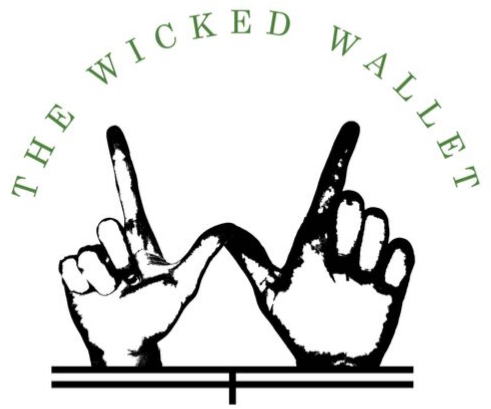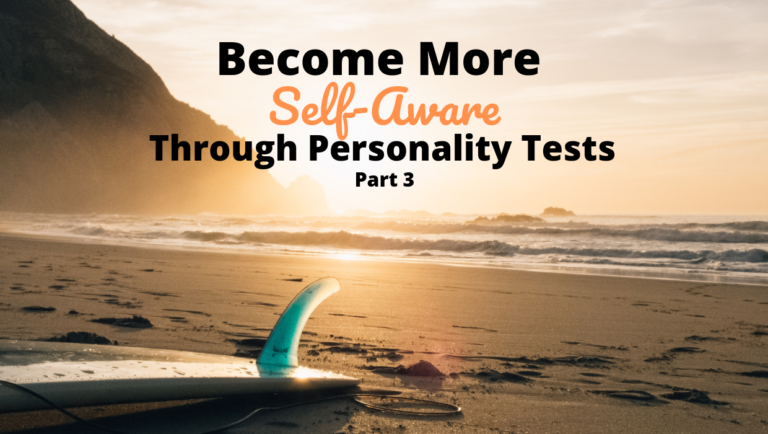In Part 1 of this series, we learned about the DiSC personality assessment which evaluates your present-day personality. This is meant to show you what your behavioral style is and so you can work on recognizing and decreasing your weaknesses. The insight this test provides can be incredibly beneficial and if you haven’t taken it yet I would definitely recommend doing so.
Part 2 of this series showed us what our innate needs and wants are by completing the Color Code personality test. This test outlines our strengths and weaknesses that we were naturally born with and our tendencies. It really helps you understand why you and others react differently to various situations and people. It can be tremendously valuable when you are trying to better yourself.
Now today in Part 3, we are looking at our personalities from a different perspective. Instead of just strengths and weakness of our character, we are going to look at our fear profile. What the heck is a fear profile? Keep reading to figure it out!
Become More Self-Aware
Ruth Soukup, author of Do It Scared and creator of Living Well Spending Less is who we have to thank for the insights into our fears.
Each of the 7 archetypes has positive and negative aspects to it. To learn more about what the archetypes are and which you may be, keep reading!
7 Faces of Fear
The Procrastinator
Also known as the perfectionist. If you fall into this style that means you have a fear of making mistakes. This fear can then turn into fear of commitment or fear of getting started which can obviously hold you back.
Ironically, some signs that this might be your dominant fear include planning things far in advance and preparing for situations ahead of time. This fear archetype often faces great indecision especially when decisions need to be made in a fast paced environment.
People with this fear often spend their time researching, organizing and planning instead of actually taking action. Procrastinators also don’t like committing to things that may be outside their comfort zone.
The Rule Follower
Rule Followers have a fear of authority or fear of doing something that is not allowed.
This fear archetype hates the idea of getting in trouble and this is what keeps them from starting.
The Rule Follower often thinks of all the ways they could be breaking the rules with a certain task or project and then end up not even starting because this fear gets in the way.
If another person is breaking the rules, this person also gets anxious. Rule Followers want everyone to be making good decisions.
These people avoid taking risks especially when they are not sure if it is the right thing to do.
Rule followers like to do things the right way and enjoy following a manual.
The People Pleaser
This fear type wants to always be in a positive light. They greatly fear being made fun of or laughed at. They are overly aware of what others may think or say about them except they aren’t willing to speak up or stand up for themselves.
Oftentimes, these people dress to impress and put a lot of energy into their outer looks. They also deeply care about status symbols like new cars, homes and clothes.
Since this archetype has a hard time sticking up for themselves, they barely ever say no or set any boundaries. This again goes into not wanting to let people down. They can overextend themselves quickly and put pleasing other people in front of their own goals which can lead to resentment.
In some very strong cases of resentment, this fear will surface itself in different but explosive ways.
The Outcast
These people have a serious fear of rejection and do not trust other people. This ironically is shown by them rejecting others before the Outcast themselves have a chance to be rejected.
The Outcast will take even the smallest diss and use it as evidence to completely reject another person. This can be incredibly self-destructive and in major cases can even lead to criminal behavior.
This fear type will likely never ask for help from others and is very quick to shut people out.
The Self-Doubter
The Self-Doubter has a very deep fear of not being enough. They fear not being capable and as a result will often not start.
This fear type is often the most criticizing and judgemental as a way to hide their own insecurities. They also can become extremely jealous towards people who are doing what they wish they could do themselves. This jealousy will show itself as gossip, sarcasm and criticism.
Self-Doubters often avoid trying anything new and won’t take big risks since they do not believe they can succeed.
The Excuse Maker
They are constantly looking for any excuse to not be blamed for something. These excuses usually seem real and so others will not recognize that it is really a habit of avoidance.
This fear archetype does not like to be in charge or responsible for any decision making. They will blame any negative situation on other people or things.
The Pessimist
This fear archetype has a fear or struggle or pain which is usually caused by a traumatic experience in their life which made them feel like a victim.
The Pessimist is discouraged by any difficulty that comes their way and feels as if they have lost control of their life. They view these difficulties as signs that they should give up.
These people are often stuck in a state of negativity. They cannot see the positive in any situation and this can really impact all of their relationships. People with this fear do not want to take on a problem face-to-face and instead would rather retreat to their comfort zone.
Final Thoughts
Did you take the fear assessment? If so, let us know your fear archetype in the comments!! I’m a rule follower 🙂
Take the assessment here.
For more wicked reads, check out these articles!
Become More Self-Aware Through Personality Tests Part 1
Become More Self-Aware Through Personality Tests Part 2



